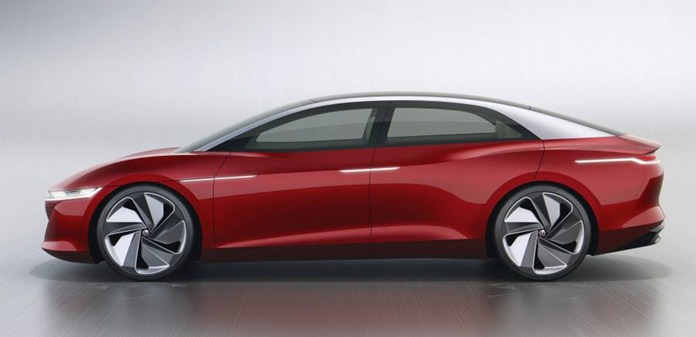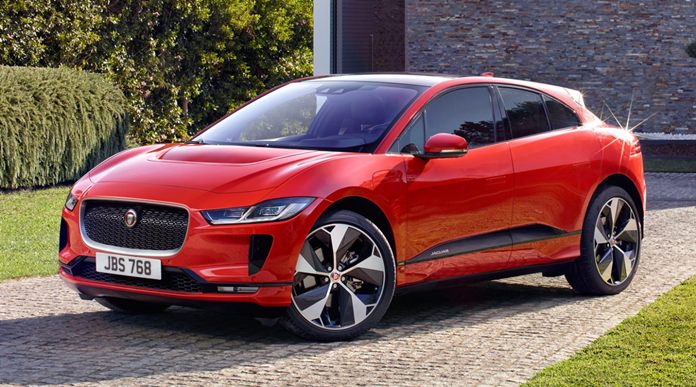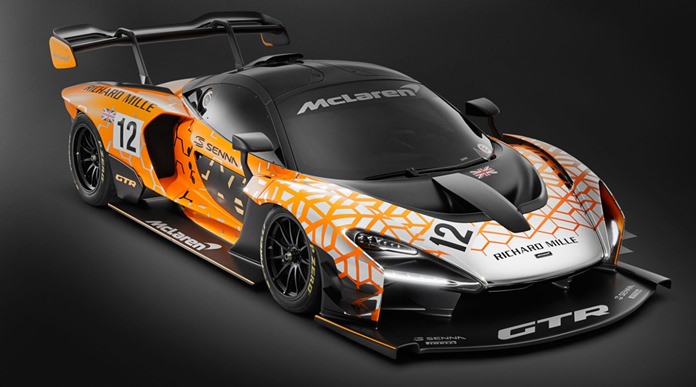
The biggest trend in autos is the race to make new technologies affordable and functional. Some of the vehicles on show – such as Volkswagen’s autonomous and battery-driven I.D. Vizzion – are concepts not yet ready for production. Others have vehicles that are ready to go on sale in coming months, such as Jaguar Land Rover with the Jaguar I-Pace, a battery-driven SUV with 300 km range and a rapid-charging capability.
 Mercedes-Benz had an addition to its EQ electric brand. Hyundai showed its Kona Electric, with either a 300 kilometer or 470 kilometer range. Luxury carmakers like BMW and Jaguar are eager to grab back some of the sales of high-end vehicles taken by Tesla with its electric Model S high-performance sedan and Model X SUV.
Mercedes-Benz had an addition to its EQ electric brand. Hyundai showed its Kona Electric, with either a 300 kilometer or 470 kilometer range. Luxury carmakers like BMW and Jaguar are eager to grab back some of the sales of high-end vehicles taken by Tesla with its electric Model S high-performance sedan and Model X SUV.
The German automakers and Ford are working to build a network of fast-charging stations across Europe through their joint venture, Ionity. The idea is to make electric vehicles more appealing by enabling longer trips. Currently, many electric models are charged over several hours at home at night and used for short commutes, limiting their use. 350 kilowatt-per-hour charging capacity could cut charge times to 15 minutes or less. It is this battery charging infrastructure which has been the major stumbling block for the future of electric cars.
Automakers are under pressure to come up with vehicles propelled by something other than internal combustion engines (ICE) to comply with government efforts to reduce air pollution and emissions of greenhouse gases blamed by some scientists for global warming. The issue became even more pressing after a German court said last week that polluted cities can ban older-model diesels. Diesel sales had already slipped after Volkswagen’s 2015 scandal over cheating on emissions tests.
Autonomous vehicles could herald a shift to transportation as a service with less incentive to own a car. Analysts at IHS Markit estimate that autonomous cars will have their first significant sales volume with 51,000 units in 2021 and surpass 33 million per year by 2040.
Some of the more important vehicles at the Geneva show have already been revealed as companies use stand-alone events to show off their new cars rather than putting them on display in a crowd of other vehicles. That’s the case with Mercedes-Benz A-Class, its small entry model hatchback that was unveiled Feb. 2 in Amsterdam. The car features voice-activated control of navigation, phone, music and heating and air conditioning somewhat like Amazon and Google’s devices for home use.

The Geneva show is typically a place to show off gorgeous, extremely fast and very, very expensive vehicles. Luxury sports car maker McLaren offers the low-slung Senna, named after the race driver Ayrton Senna. Its 800 horsepower turbocharged V8 engine takes it to a top speed of 340 kph. Just 500 of the sleek, carbon-fiber vehicles will be built, hand-assembled at the company’s production center in Woking, Surrey, England. The price: 750,000 pounds including tax. Undoubtedly a vehicle with cutting edge technology, but completely over the top and over the ability of their 500 well-heeled drivers.






